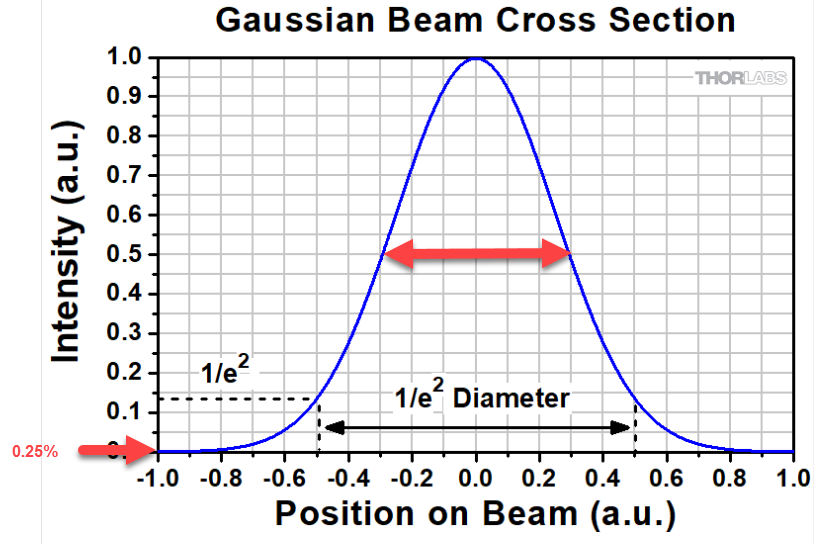Hi expert,
I want to simulate the focusing model (laser diode couple to fiber), and want to use FICL operand to optimize model.
But I don’t know how to set the Object space NA in the system and Sna in the FICL. (Laser H_FWHM 18deg, V_FWHM 23deg)
If I have fiber MFD value, I can use the formulas NA=2*lamda/(pi*MFD) to set the Rna. And I right?
thanks,
C.L




